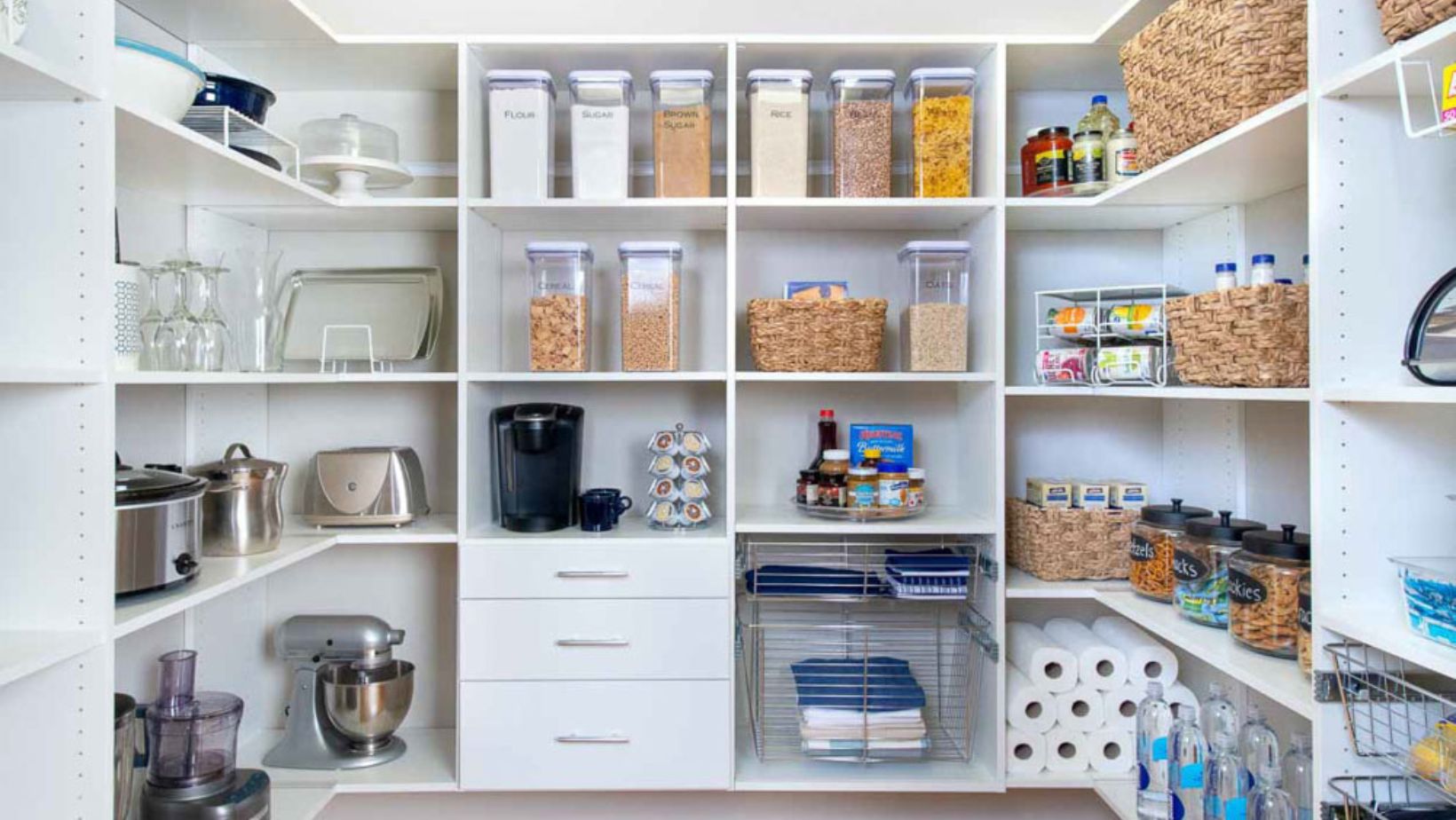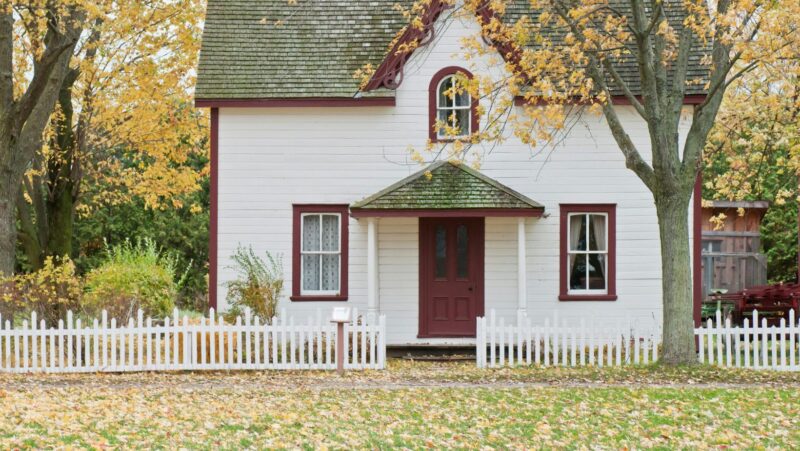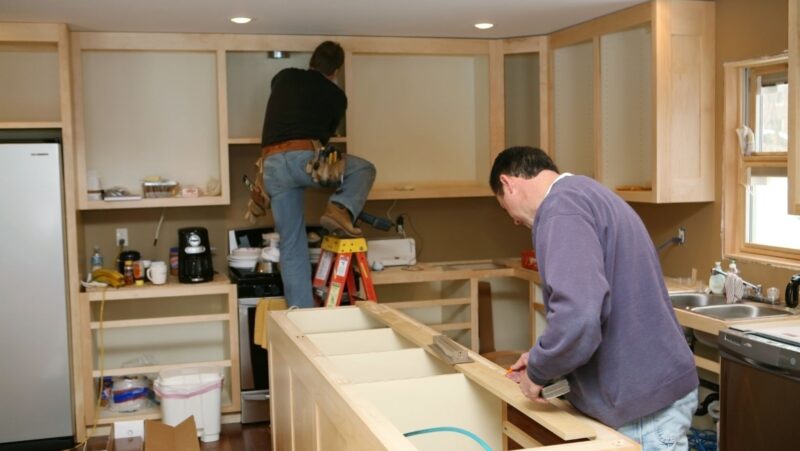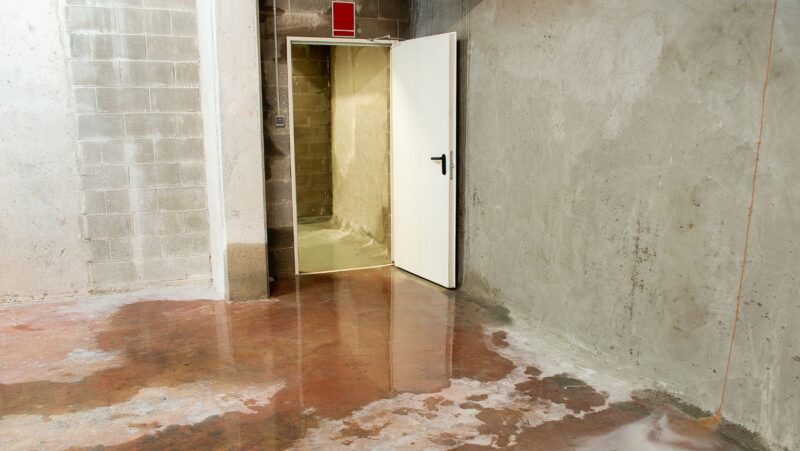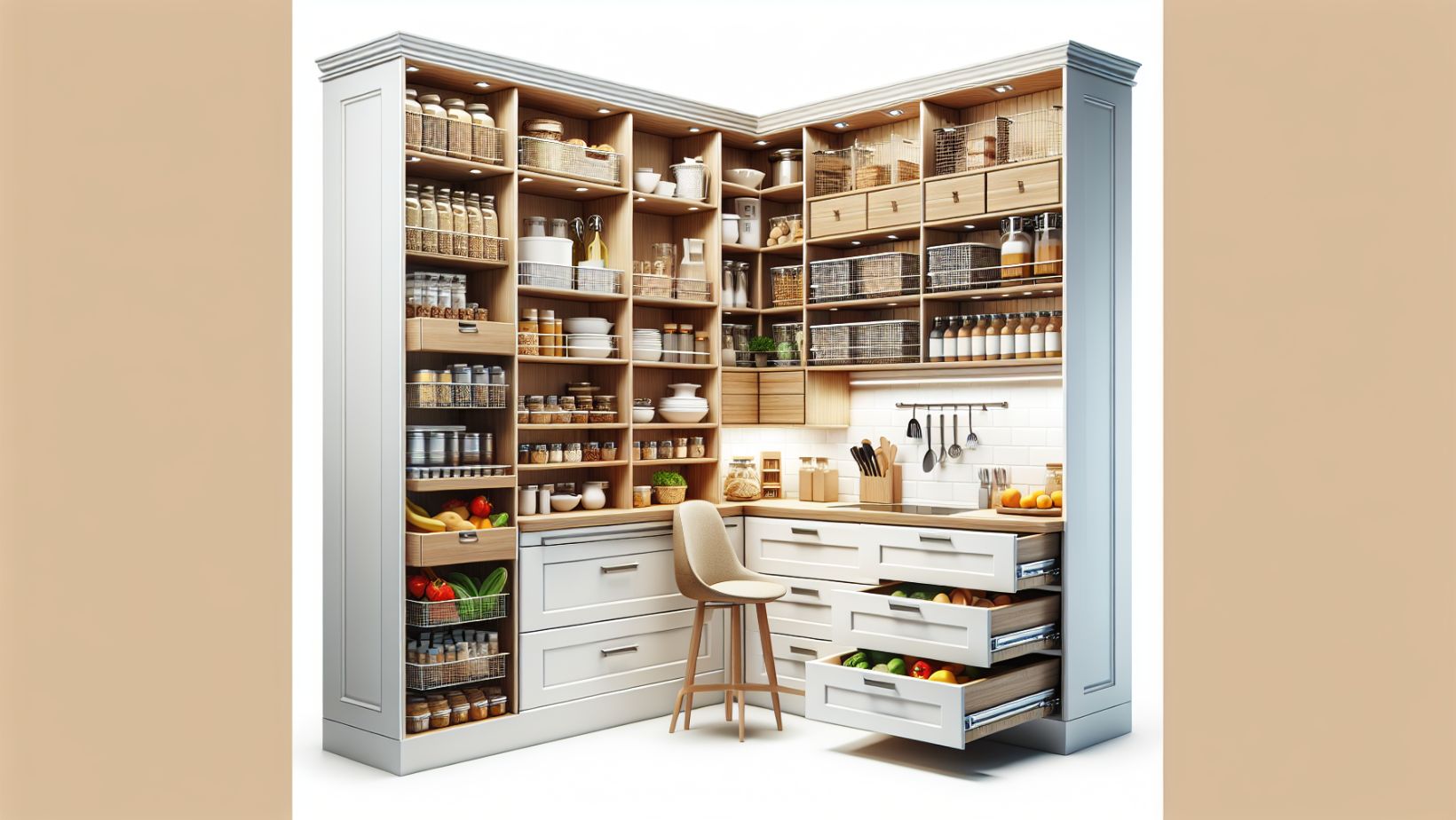
Creating a custom pantry can transform your kitchen into an efficient and organized space. By maximizing every inch of available space, you can ensure that your kitchen is both functional and aesthetically pleasing. Learn how to design a pantry that suits your needs and style.
Designing a custom pantry involves careful planning and consideration. It’s not just about adding more storage; it’s about creating a space that works for you and your family. Whether you’re an avid cook or simply want to keep your kitchen tidy, a well-designed pantry can make all the difference.
Assessing Your Needs
Before you get started, it’s crucial to assess your specific needs and how you use your kitchen. Are you someone who loves to stock up on groceries, or do you prefer buying fresh ingredients more frequently? Understanding your habits will help you determine the type of storage solutions you need. Take inventory of your current storage situation and identify any problem areas. Consider the items you use most often and those that are less frequently needed. This will guide you in deciding what should be easily accessible and what can be stored in higher or lower shelves. Proper planning at this stage can save you a lot of hassle down the line.
Moreover, think about the future – your needs might change, so build in some flexibility. Another important aspect to consider when assessing your needs is the frequency of your cooking and entertaining habits. If you often host dinner parties or cook elaborate meals, you might need more space for specialty appliances, serving dishes, or bulk ingredients. On the other hand, if you’re more of a minimalist cook, you might prioritize a sleek, streamlined pantry design with just the essentials. Don’t forget to account for seasonal items like holiday bakeware or summer picnic supplies that might need storage space as well.
Selecting the Right Materials
The materials you choose for your custom pantry will have a significant impact on its durability and aesthetics. Shelving options range from wood to wire racks, each with its own set of advantages and drawbacks. Wood shelves offer a classic look but may require more maintenance, while wire racks provide better ventilation but might not support heavy items as well. When selecting materials, consider both functionality and style.
Make sure to choose something that complements the overall design of your kitchen. High-quality materials can enhance both the look and functionality of your pantry, making it a focal point rather than just a storage area. Proper lighting is also essential; it ensures that you can see everything clearly, even in the back corners.
Maximizing Space
One of the key benefits of a custom pantry is the ability to utilize every inch of available space. Utilize vertical space by installing tall shelves or stackable bins. Pull-out drawers are excellent for accessing items at the back without having to rummage through everything else. Don’t forget about door-mounted racks for spices or other small items.
Consider using adjustable shelving units that allow you to change the configuration as needed. Baskets and bins can help keep smaller items organized and prevent them from getting lost in the shuffle. Remember, a well-organized pantry is not just about fitting everything in but doing so in a way that makes it easy to find and access what you need.
Incorporating Technology
In today’s smart home era, incorporating technology into your custom pantry can add convenience and efficiency. Smart lighting systems that turn on automatically when you open the door are one option.
You could also consider using inventory management apps to keep track of what you have and what you need to buy. If you’re tech-savvy, think about integrating sensors that alert you when certain items are running low. This kind of automation can save time and reduce waste by ensuring you’re always stocked up on essentials. Even simple additions like QR codes on containers that link to recipes can make meal planning easier.

